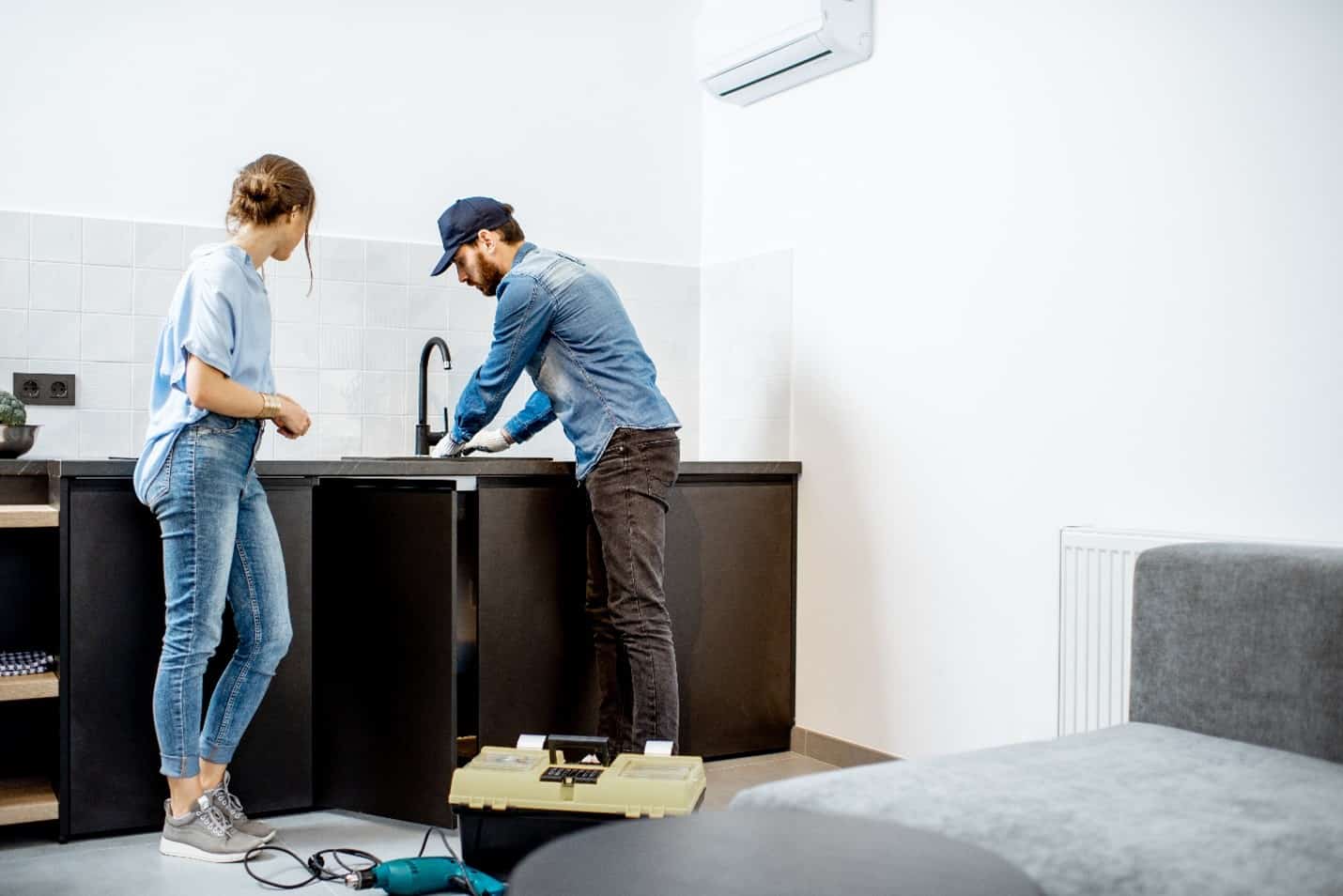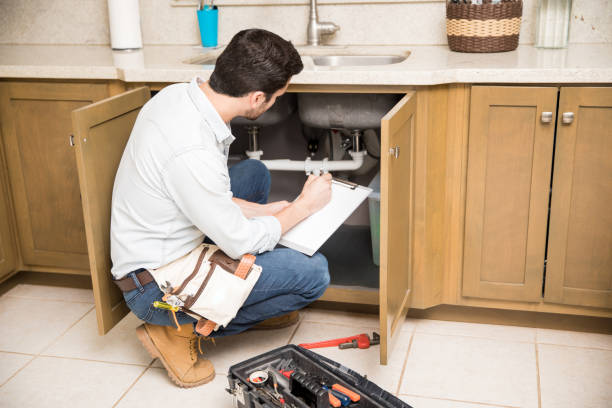What are your thoughts on When to DIY and When to Call in the Plumbing Pros?

Intro
Plumbing problems can vary from minor inconveniences to significant frustrations, commonly triggering property owners to choose between tackling the trouble themselves or employing an expert plumbing. Recognizing when to do it yourself and when to look for specialist help can conserve time, cash, and stop potential disasters. This article checks out the variables to consider when making this vital decision.
Advantages of DIY Pipes
Taking on plumbing jobs on your own can be gratifying in a number of means, especially for easier jobs.
Intricacy of Jobs
Some pipes problems need specialized knowledge and devices past regular home owner capacities. Messing up intricate problems can bring about more damages and pricey repairs.
Security Issues
Dealing with plumbing systems involves risks such as exposure to water damage, potential for electrical dangers, and taking care of tools incorrectly. Safety and security precautions have to be observed to prevent mishaps and make sure reliable repairs.
Indicators to Call a Specialist Plumbing Professional
Identifying when a pipes issue exceeds do it yourself capabilities is important to stop worsening troubles.
Signs of Facility Problems
Instances include:
Prompt specialist treatment is essential to attend to these problems effectively and reduce damages.
DIY Pipes Tips
For successful DIY pipes, it's vital to be prepared with the right devices and comply with proper procedures.
Basic Devices and Products
Key devices for DIY plumbing:
Step-by-Step Guides
Clear guidelines make certain risk-free and efficient DIY fixings:
Choosing the Right Time to Do It Yourself
Identifying when to tackle plumbing tasks on your own requires evaluating both the intricacy of the problem and individual comfort degrees.
Evaluation List
Consider:
Expense Savings
DIY pipes projects frequently save money by avoiding specialist service fees. Jobs like taking care of minor leaks, changing taps, or setting up new showerheads are examples where home owners can handle repair services without working with a plumbing technician.
Skill Enhancement
Participating in do it yourself pipes supplies a possibility to learn and improve sensible abilities. Fundamental tasks encourage homeowners to understand their plumbing systems better and get confidence in taking care of tiny repairs separately.
Dangers of DIY Pipes
While do it yourself tasks provide advantages, particular risks should be thoroughly thought about prior to trying repairs.
When to Definitely Call a Specialist
Specific scenarios demand prompt skilled interest to avoid comprehensive damage or safety dangers.
Emergency Situations
Instances consist of:
Finding and Working With an Expert Plumbing
Picking a certified plumbing technician guarantees reputable solution and comfort in resolving plumbing problems.
Criteria for Selection
Variables to consider:
Expense Evaluation: DIY vs. Expert Solutions
Contrasting the monetary effects of DIY efforts versus professional pipes services helps in making educated choices.
Financial Considerations
Evaluate:
Conclusion
Making a decision whether to do it yourself or call an expert plumber hinges on comprehending the intricacy of plumbing problems and personal abilities. By considering the benefits and dangers, home owners can make enlightened choices that advertise effective upkeep and safeguard their homes from plumbing calamities.
DIY vs. Professional Plumbing Repairs: When to Call a Pro
When dealing with plumbing issues or embarking on renovation projects, homeowners have to decide whether or not they want professional help with their home’s plumbing system. While master plumbers can complete just about any plumbing project, they can cost a pretty penny. On the other hand, DIY plumbing projects can very quickly go awry, which can make things worse.
In this blog, we’ll explore common plumbing projects that homeowners can confidently tackle, provide insights into the essential tools needed, and discuss critical DIY mistakes to avoid. Understanding these distinctions not only helps in maintaining the efficiency and longevity of your home’s plumbing system but also ensures safety and cost-effectiveness in your repair endeavors.
Installing/Replacing Certain Plumbing Fixtures
Most homeowners should be able to install new plumbing fixtures or replace old ones that are damaged or old. Using basic tools, you should be able to effectively:
Replace faucet washers or cartridges Replace showerheads Install a new toilet seat Hook up new appliances Replace hose bibbs Unclogging Drains
You should also be able to fix any clogged drains within your home by using a plunger, plumber’s snake, or natural solutions like baking soda and vinegar. These can often clear clogged sinks or bathtubs without needing professional drain cleaning assistance.
Fixing Running Toilets
Another plumbing issue many homeowners may be able to handle is a running toilet. Toilets may run more than they should due to a faulty flapper or float inside the tank. Toilet replacement parts are easy to find and often come with easy-to-follow instructions.
Repairing Leaky Faucets
A dripping faucet can not only be an annoyance, but it can also be a waste of water. Leaky faucets can normally be fixed with basic tools and a basic understanding of how they work, making them easy to fix.
Adjusting Water Heater Temperature
If you are able to follow basic safety precautions, you should be able to adjust the temperature on your hot water heater, which can improve your home’s energy efficiency and also increase comfort.
Fixing Minor Leaks in Pipes
For small plumbing leaks, particularly ones at pipe joints, using plumbing tape or a patch kit can be a temporary fix while you decide on a more permanent solution. Repairing broken pipes, however, can be more difficult and may require professional attention.

Do you like more info about DIY Plumbing Projects and When to Call a Professional? Leave a review below. We'd be delighted to find out your suggestions about this blog posting. We are looking forward to see you back again later on. Do you know someone else who is in to the topic? Be sure promote it. Thank you so much for going through it.
View More